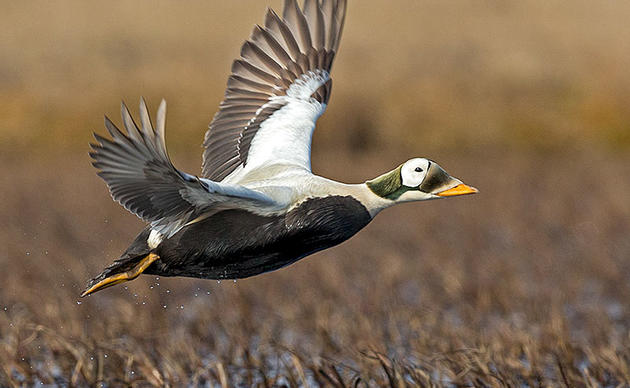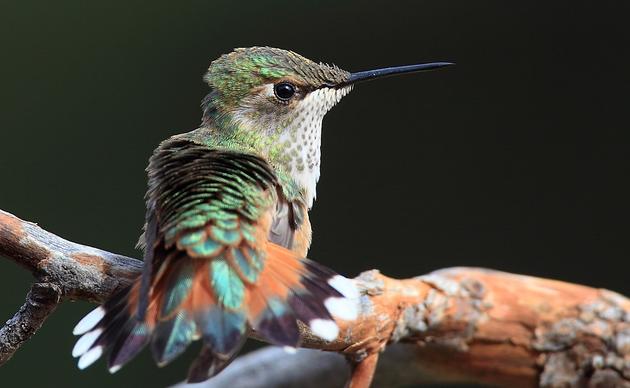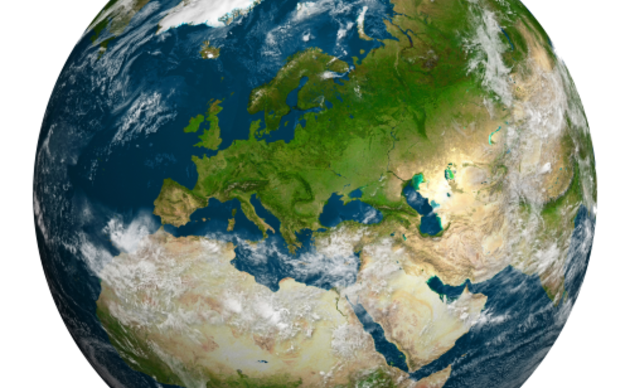(This is the fourth in a series of posts on D1 lands in ALaska. Read the first post in the series here, the second here, and the third here.)

The Trump administration is grabbing land so fast in Alaska, it’s hard to keep track of what’s happening as the clock slowly ticks to midnight. Opening Alaska’s public lands to oil, gas and mining remains a top priority for the last days of the Trump administration. In a midnight push to open millions of acres of BLM lands across the state, Secretary of the Interior Bernhardt has signed away the fate of BLM lands based on resource management plans that are almost two decades old. Instead of acknowledging the documented risks from climate change and likely impacts on wildlife and traditional Tribal uses, Alaska’s BLM office ignored public request for comment and requests from Tribes for government consultations. Instead of updating the plans to reflect reality, BLM is caving to political pressure to finalize resource management plans in areas that offer significant oil, gas and mining resources to their industry allies.
The public lands order for the Kobuk Seward Peninsula will open the entire planning area (9.4 million acres) to mining, oil and gas exploration in the last days of the Trump administration. This planning area includes important cultural, subsistence and recreational resources that were set aside in Areas of Critical Environmental Concern that will not be protected after this final agency action. During the original planning effort, the Western Arctic Caribou Herd Working Group and the Northwest Arctic Borough government submitted protests calling out the BLM’s failure to protect subsistence and cultural interests. These important places include the calving and insect relief areas for the Western Arctic Caribou Herd, the largest caribou herd in North America.
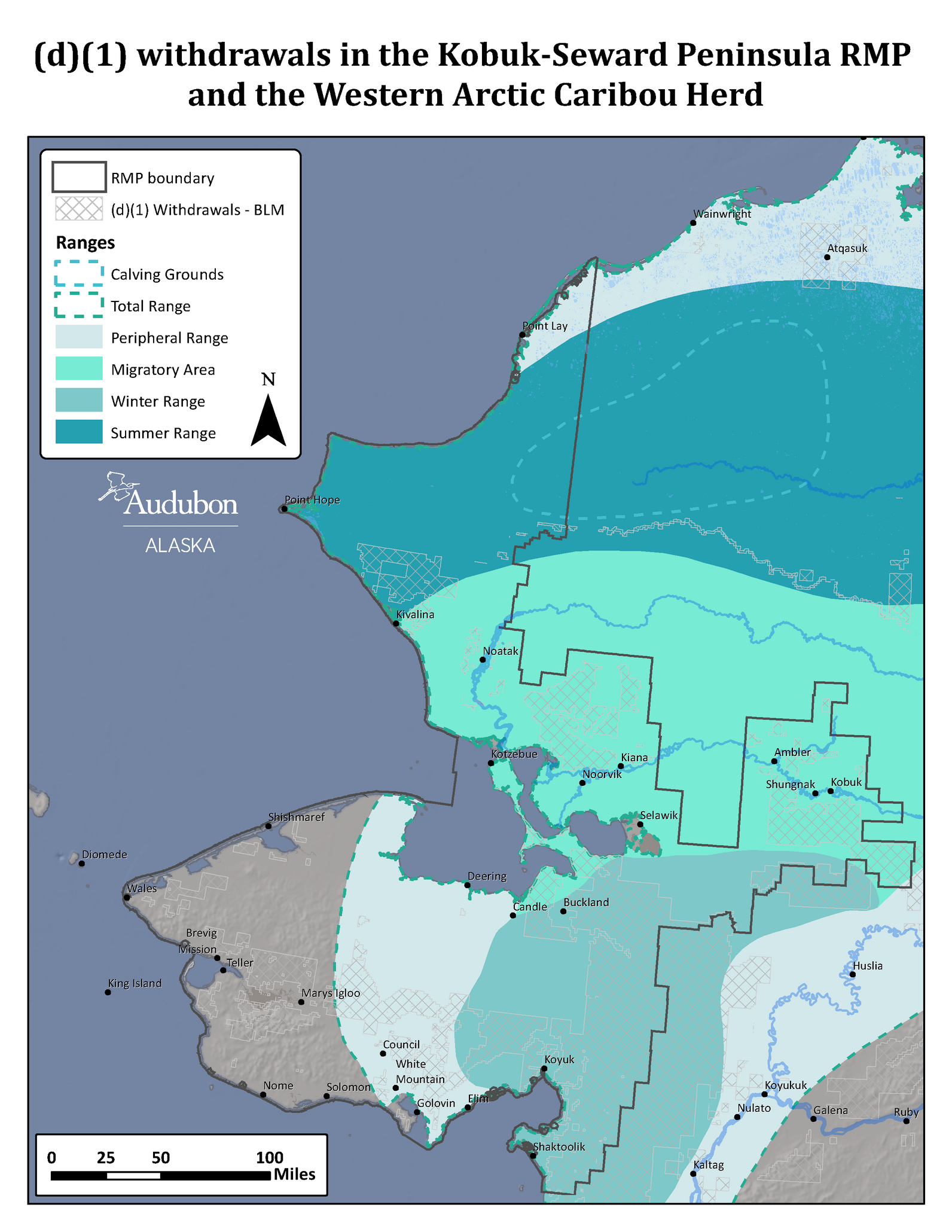
The Squirrel River Management Area is important for regional subsistence fishing and was originally recommended for inclusion as a National Wild and Scenic River. Squirrel River is an important chum salmon fishery as a tributary of the Kobuk River and divides the watersheds of the Noatak River and the Kobuk River.
The BLM is rushing to finalize the Bering Sea Western Interior resource management plan which will open over 13 million acres to mining, oil and gas exploration. Tribal governments, conservation organizations and individuals wrote protests against the flawed plan that was proposed just before Christmas. In a rushed attempt to complete unfinished business, the Trump administration is ignoring the request from Tribal leadership to protect important cultural and subsistence resources and apply requests from the Tribe to protect their ways of life as part of these planning processes. The Bering Sea Western Interior is one of the largest BLM planning areas in the state of Alaska.
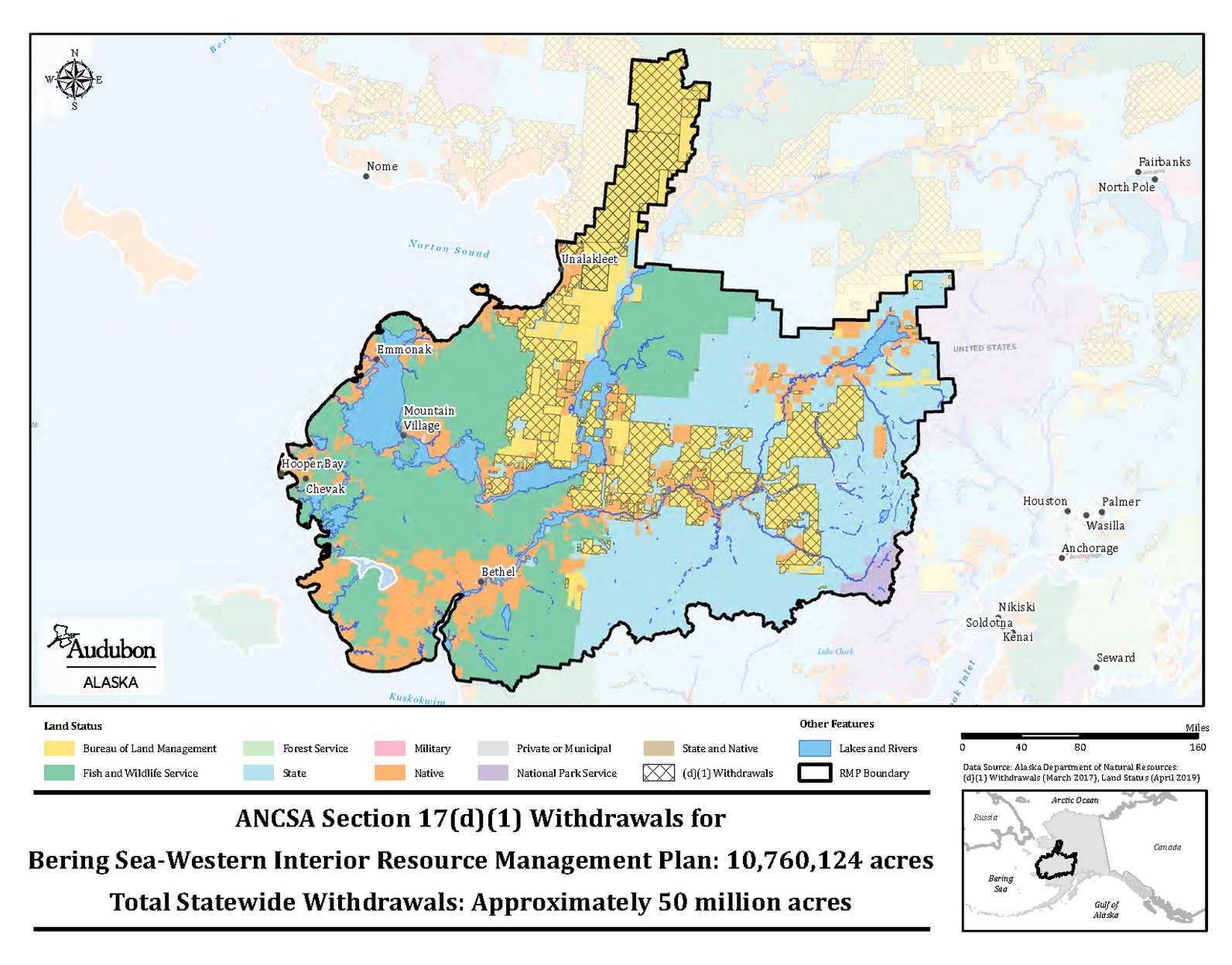
The BLM is also poised to lift protections from lands in northern Southeast Alaska through the Ring of Fire resource management plan, and lands across the Bristol Bay region through the Bay resource management plan. Opening these areas to mining, oil and gas exploration without consulting tribal governments, local communities, or the public opens some of Alaska’s most critical salmon habitats to potential development without analyzing the impacts of these actions, or the compounding impacts of climate change already causing stress on these systems.
The Biden Administration has vowed to halt all Trump administration agency actions, but it is possible these lands will be released from current protections under land management plans by the time the new administration’s order can take effect. Please follow us for updated information and ways to take action to help save Alaska’s incredible lands from privatization and industrial development.


